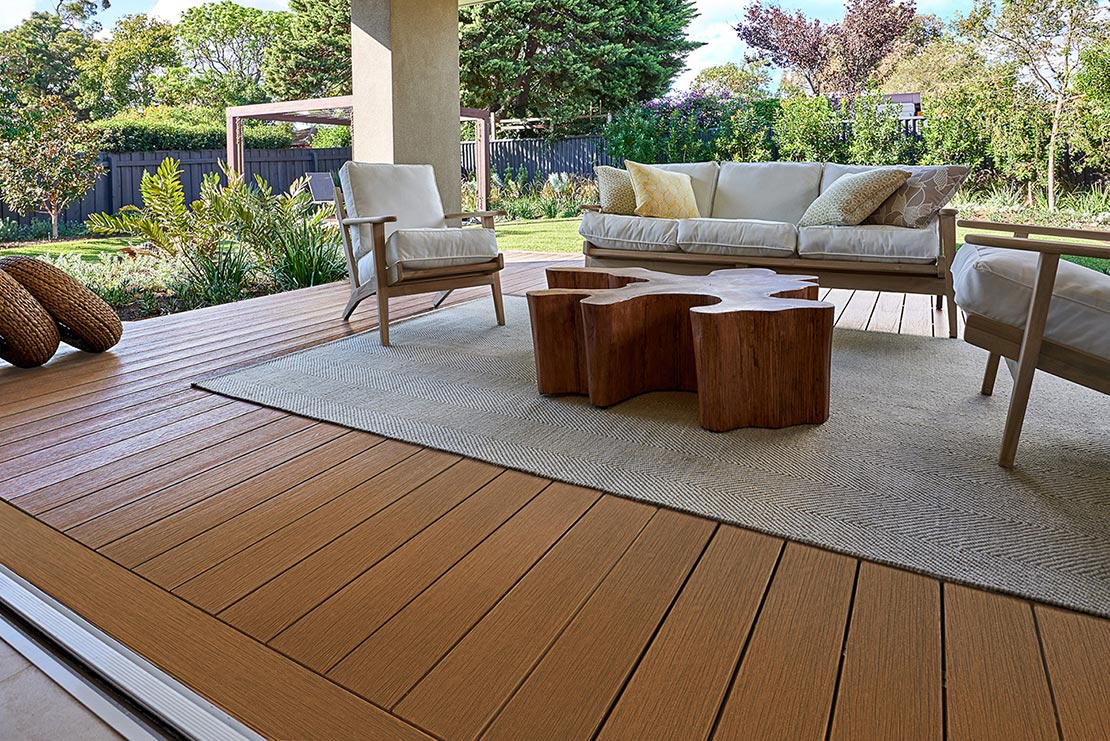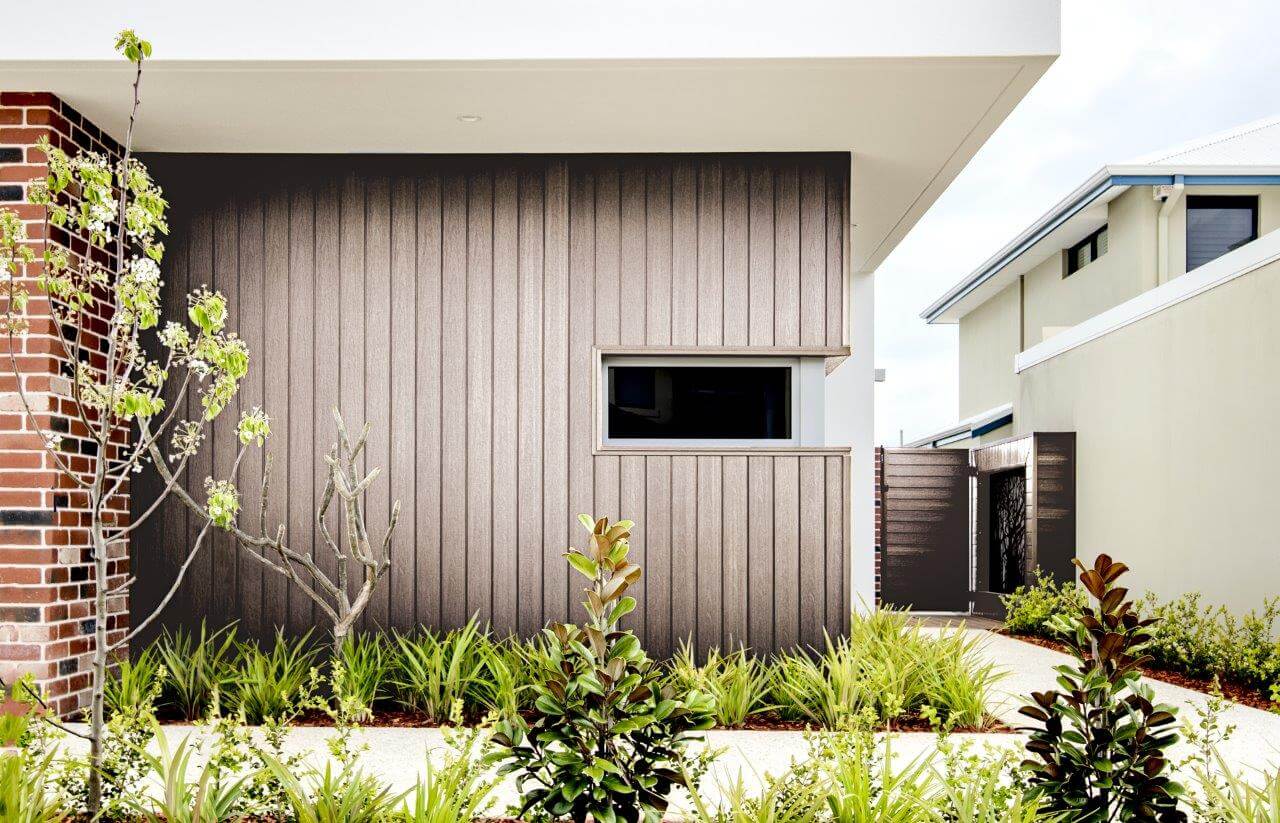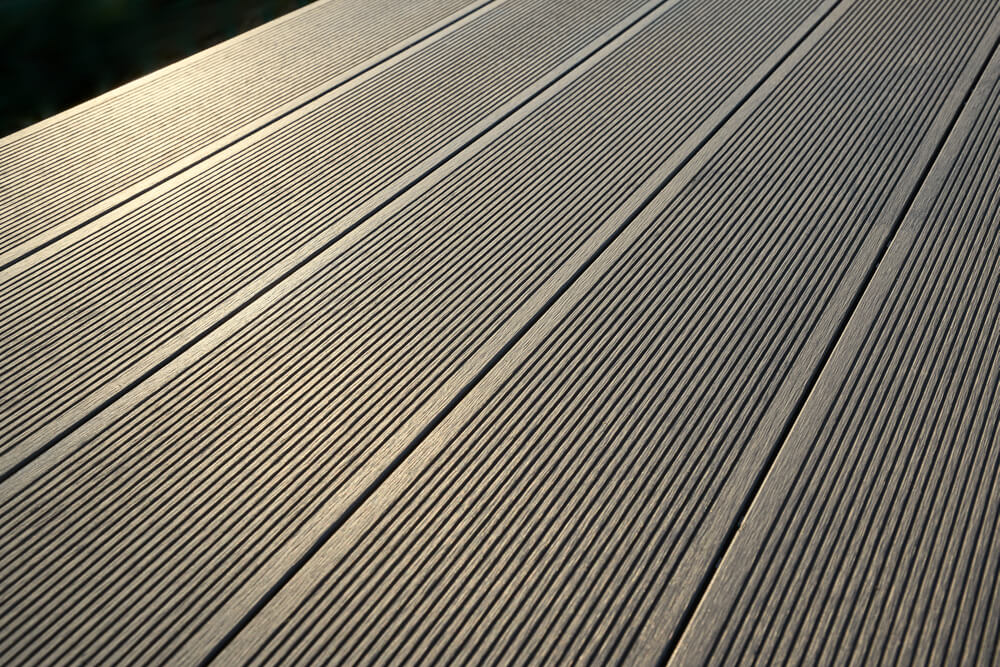The History of Composite Timber
Humankind has a long history with wood, and it’s no surprise this widely available material has a vast range of uses, from construction and building to fuel, furniture, paper, tools, and much more. However, the unlimited demand for wood has led to rapid deforestation around the world. This is where sustainable alternatives like composite wood enter the picture. Composite wood offers a solution-driven by sustainable technology. As a product, it matches if not exceeds traditional timber in terms of aesthetic appeal, utility, and other characteristics and advantages. Here’s more information on its manufacturing, the different types of composite wood, and the future of this type of material.
How is composite timber made?
Also known as manufactured board, engineered wood, or a wood-plastic composite, composite wood is made from different derivative wood products. These include groundwood particles or wood flour/powder, vegetable fibres, hemp stalks, sugar cane residue, rye, and wheat straw. Polymers like thermoplastic resin, including recycled polymers, are also used to create composite wood.
Chemical additives, UV stabilisers, colorants, coupling agents, and lubricants can be used to help with integrating different materials and processing. The materials are blended together before the mixture is passed through an extruder for melting and shaping. Alternatively, the materials might be shaped into pellets before they’re re-melted and formed into the required shapes.
Composite wood is more sustainable because it makes use of wood waste materials, sawmill scraps, and smaller trees, reducing the need to cut down old-growth and other forests. It makes better use of trees, as just about every part of the tree can be used in composite wood while only around 40% of the tree can be used for solid timber. Composite wood tends to be stronger than traditional timber.
The general types of composite timber
Composite wood is available in a variety of products made with different materials.
1. Plywood
Plywood is a type of composite wood that’s been in use for a long time, for around 100 years. It’s made by heat-bonding sheets of cross-laminated veneer together. Solid wood tends to be stronger along the grain while polywood has evenly distributed strength thanks to the cross-grain manufacturing process. By adhering these thin layers together in alternating directions, you end up with a stronger board that can be adapted to a lot of uses.
2. Fibreboard
Fibreboard is another type of composite wood, and it’s manufactured by mixing wax, resin binders, and wood fibres under heat and pressure. MDF or medium-density fibreboard is one example. Particleboard is another type of fibreboard, though it’s usually made from wood chips or sawmill shavings. Fibreboard is great for underlaying rooms in houses, as it gives you impact and thermal insulation as well as a stable support that can make floors last much longer.
3. Strand board
Oriented strand board is created by arranging wood strands in layers and bonding them together with moisture-resistant adhesives. These layers are then cross-oriented to boost strength and hardness. Oriented strand board tends to be much stronger than plywood, and it’s water-resistant and inexpensive as a material.
4. Laminated timber
Laminated composite wood typically includes a composite core or traditional layers of composite inside laminate layers. For example, medium-density laminate incorporates a MDF core with plastic laminate on both sides. Classic core combines traditional layers like plywood with a layer of MDF on both sides, as well as a hardwood-veneer layer, also on both sides. The durability and slickness of laminated timber makes it ideal for making furniture items like cabinets.
The uses of composite timber
Composite wood has myriad applications, both home and industrial. In construction, it can be used for joists and beams, in place of steel versions. For furniture, it’s used for cabinets, bookcases, chairs, and tables. The lightweight properties and low manufacturing costs make it ideal for flat-pack furniture. Composite wood can also be used for railing, fencing, benches, window frames, and door frames.
Decking and cladding are several of the most popular uses when it comes to composite wood. Since it’s made and not harvested, it can be shaped to create stunning decking, cladding, and garden screening and fencing products as required. Uniformity, range of colour specifications, and resistance to the elements are some of the characteristics that make it ideal for these residential and outdoor applications.
The future of composite timber
Composite wood encompasses some sustainable and eco-friendly products. Offering outstanding strength and weather-resistant properties along with affordability, composite wood provides a feasible alternative to minimise the use of traditional solid timber and its excessive wastage during harvesting. Composite wood, in its varieties, can be customised to fit just about any application. Its use across building and construction, in smaller residential projects as well as large-scale industrial construction is proof of its versatility. The future looks promising for composite wood. As technological processes and greener options continue enhancing the advantages of this material, demand and interest in composite wood will likely keep growing.
At KEKSIA, we’re committed to help you get the right results using the most suitable product. If you have any questions about our composite decking, cladding, or garden screening and fencing ranges, or if you need help with plans, quantities, specifications, feel free to reach out to us. Your solution is only a phone call away!


